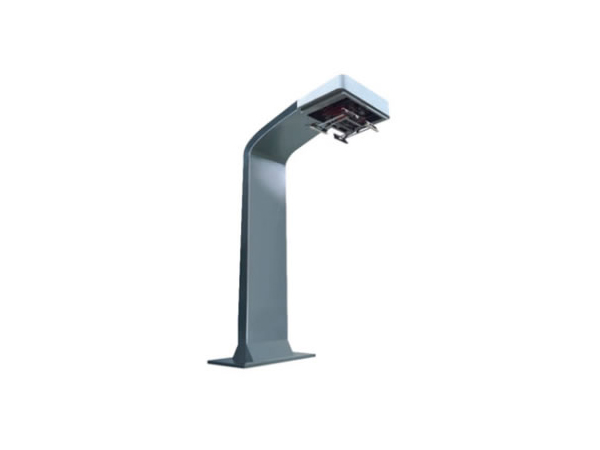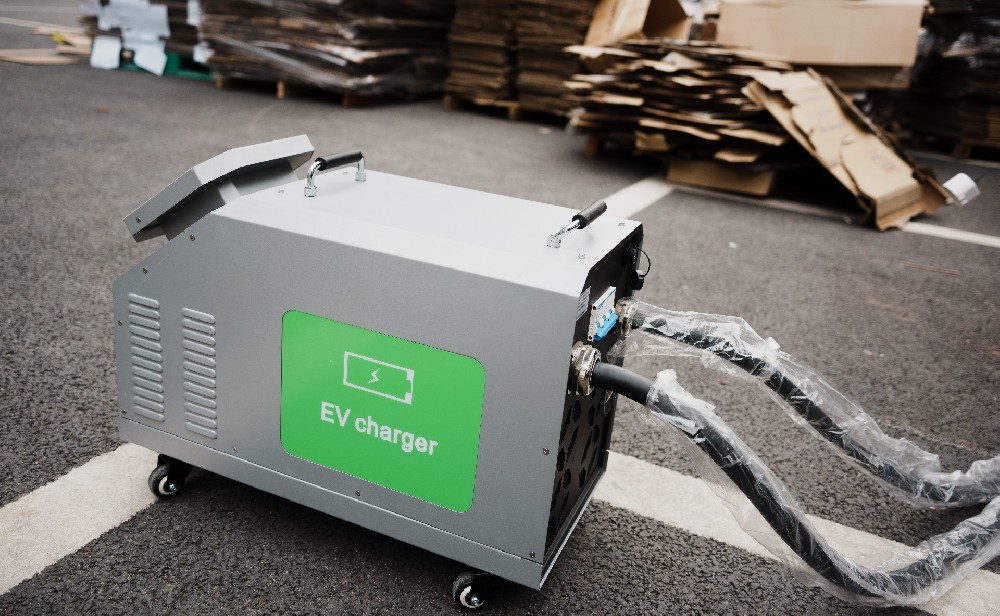-
13822183778@139.com
-
13822183778
What are the classifications of charging stations for new energy electric vehicles and what are the requirements for installing cables
With the popularization and increasing ownership of new energy electric vehicles, the demand for car charging has also increased. The phenomenon of queuing at public charging stations in areas with a high density of electric vehicles is often seen. In order to avoid long waiting times, especially in hot summers under the scorching sun, many car owners choose to install home charging stations and charge at home with peace of mind. However, there are numerous types of charging stations in various residential areas on the market, with different power, current, voltage, quality, and installation requirements, making it confusing for car owners to choose to buy home charging stations. The installation cable requirements are also not worry free. The editor has classified and summarized the following categories of household charging stations for car owners, as well as the requirements for installing cables:

1. Classification of household charging stations
Generally, household charging stations can be divided into two types based on their rated charging power: 3.5kw and 7kw. The 3.5kw charging station has a rated current of 16A, while the 7kw charging station has a rated current of 32A.
Both types of charging stations are connected to household 220V single-phase electricity.
When a normal car owner buys a car, they usually come with an original Mode 2 portable 3.5kw/16A charger or charging station. Nowadays, some also come with a 7kw charging station.
2. Requirements for installing cables for household charging stations
Normally, household charging stations are connected to 220V single-phase electricity, but the power and current are different. The cables and air switches used for power connection are also different. A 3.5kw charger or charging station should be connected to a 4-square-meter cable. Normally, our household electricity should be connected to an air conditioner with a 4-square-meter cable. If it is a portable, ungrounded 3.5kw charger, it can be directly plugged into an air conditioner socket for charging. If it is a charging station, a 4-square-meter cable should be connected (if the distance between the electricity meter and the parking space is too far, a 6-square-meter cable is recommended). A charging pile or charger with a power of 7kw should be connected to a cable of at least 6 square meters or more when used alone, and the ground wire must be connected. If the wiring distance is far, it is recommended to use a 10 square meter cable. The cost difference between a 10 square meter line and a 6 square meter line is not much for safety first.
The rated current of the 7kw household charging station is 32A, and the air switch connected to the line requires 40A or 60A. If the circuit is overcurrent or overvoltage, the air switch can provide timely protection.
The above is an introduction to the classification and installation requirements of household charging stations. We hope it will be helpful for car owners who install car household AC charging stations.
 How long does it take to charge ···
How long does it take to charge ···
 DC Fast Charging CCS type 2 plug
DC Fast Charging CCS type 2 plug
 The high-voltage and high-curren···
The high-voltage and high-curren···


